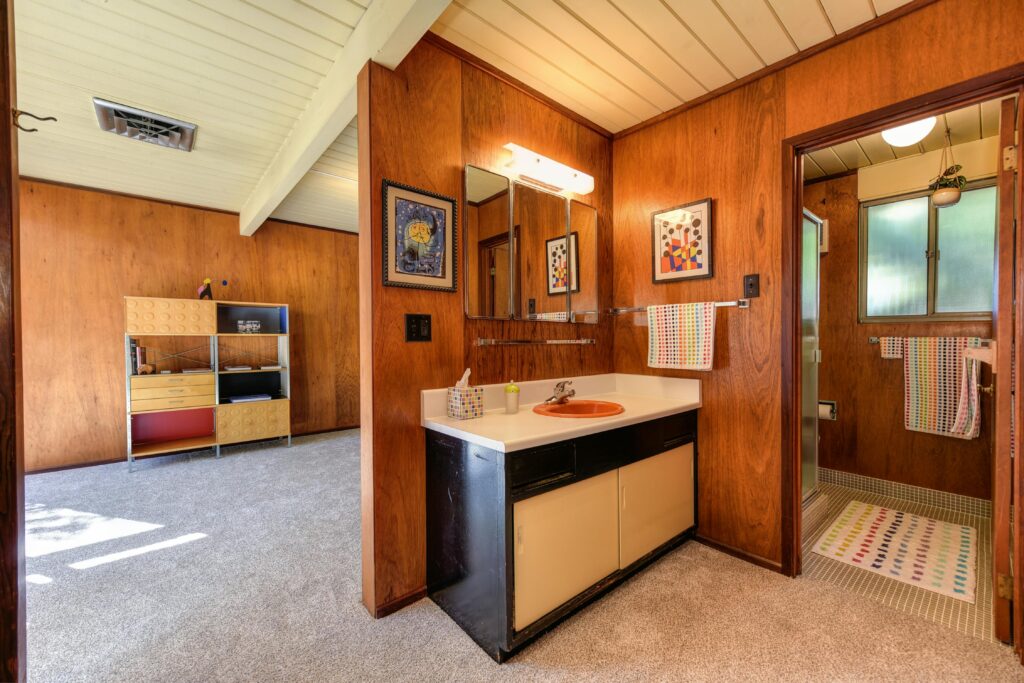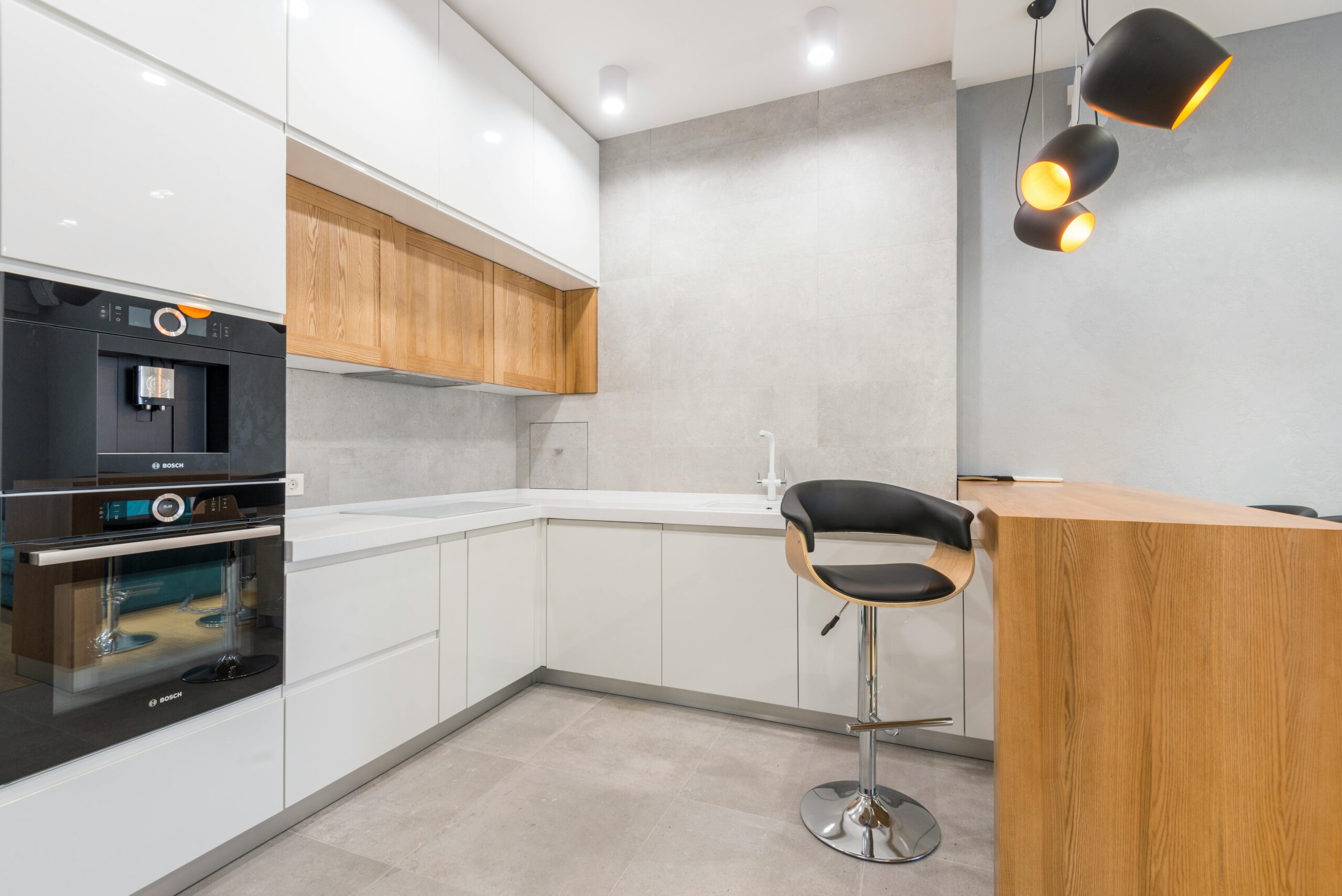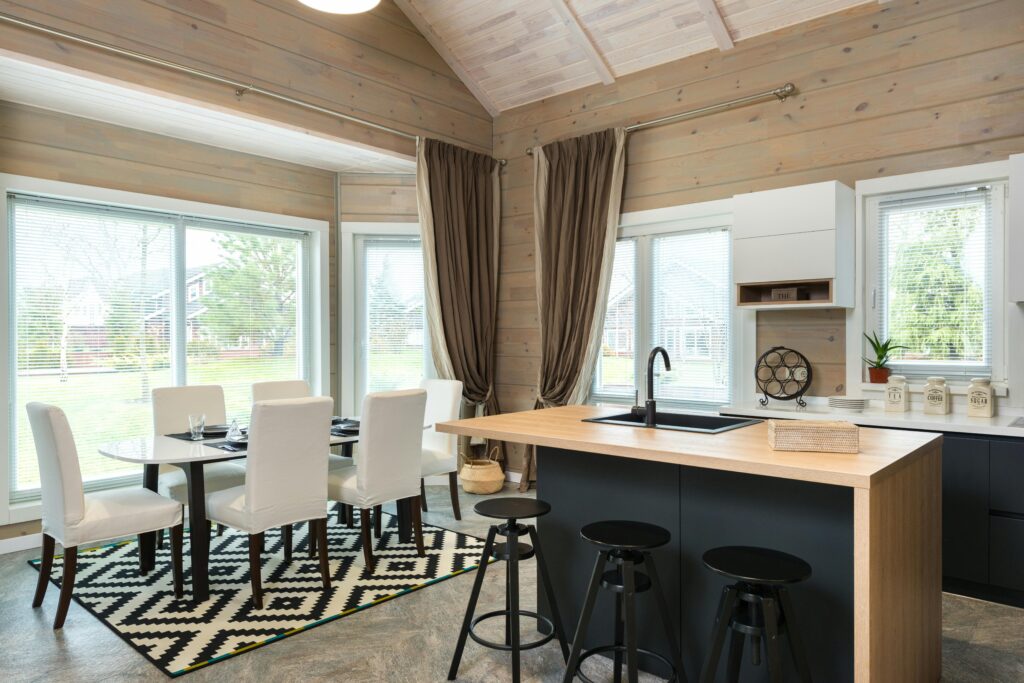When we think of a cozy and welcoming kitchen, most people picture a room filled with warm lighting, delicious smells, and a clean, functional space. But one often overlooked aspect of kitchen design is flooring. While tiles and hardwood are commonly used, wall to wall kitchen carpet is gaining popularity for its comfort, style, and practicality. This article will explore the ins and outs of wall to wall kitchen carpet, including its advantages, drawbacks, installation tips, maintenance advice, and design ideas to help you make an informed decision.

What is Wall to Wall Kitchen Carpet?
Wall to wall kitchen carpet refers to carpeting that covers the entire floor space of a kitchen from one wall to the other, without gaps or transitions. Unlike area rugs or runners, this type of carpeting is permanently fixed and designed to withstand kitchen conditions like foot traffic, occasional spills, and changing temperatures. It’s made from special materials that are resistant to stains, moisture, and mildew, making it suitable for a space that sees frequent activity.
Benefits of Wall to Wall Kitchen Carpet
1. Comfort Underfoot
One of the most significant advantages of wall to wall kitchen carpet is the comfort it offers. Standing for long periods while cooking or washing dishes can strain the feet, knees, and back. A soft carpet provides a cushioned surface that reduces fatigue and makes the kitchen a more enjoyable place to work.
2. Sound Absorption
Kitchens are typically noisy environments due to appliances, cookware, and conversations. A wall to wall kitchen carpet helps absorb sound, creating a quieter and more pleasant atmosphere. This is especially beneficial in open-concept homes where noise can travel easily between rooms.
3. Slip Resistance
Unlike smooth tile or hardwood, carpet offers better traction, which can reduce the risk of slips and falls—especially important in households with children or elderly family members. A wall to wall kitchen carpet adds a layer of safety without compromising on style.
4. Thermal Insulation
If you live in a colder climate, a wall to wall kitchen carpet can help insulate the room and keep it warm, especially during the winter months. It prevents heat loss and adds to the overall coziness of the space.
5. Aesthetic Appeal
Today’s wall to wall kitchen carpet options come in various colors, textures, and patterns, allowing homeowners to create a unique and personalized kitchen design. From modern minimalism to rustic farmhouse vibes, there’s a carpet for every taste.
Choosing the Right Wall to Wall Kitchen Carpet
Selecting the best wall to wall kitchen carpet involves more than just picking a color. You’ll need to consider material, durability, maintenance, and how it complements your overall kitchen design.
a. Material
Go for synthetic fibers like nylon, polyester, or olefin, which are known for being water-resistant and easy to clean. These materials are ideal for kitchen environments because they are less likely to absorb spills or odors.
b. Pile Height
Low-pile carpets are generally better for the kitchen because they are easier to clean and less likely to trap crumbs and debris. A wall to wall kitchen carpet with a low pile also dries faster in case of spills.
c. Backing
Look for carpets with water-resistant backing to prevent moisture from seeping through to the subfloor. This is crucial for maintaining the integrity of your flooring and preventing mold or mildew.
d. Design and Color
Patterns and darker colors can help hide stains and wear, making your wall to wall kitchen carpet look newer for longer. Neutral tones are timeless and versatile, while bold colors can add a touch of personality.
Take a moment to explore this products →
Installation Process
Installing wall to wall kitchen carpet is best left to professionals to ensure proper fitting and sealing. However, if you’re a DIY enthusiast, here are the basic steps:
- Measure the Kitchen Area: Take precise measurements to determine how much carpet you’ll need.
- Prepare the Surface: The subfloor should be clean, dry, and smooth before installation.
- Lay Carpet Padding: This provides extra comfort and insulation beneath the carpet.
- Cut and Fit the Carpet: Trim the carpet to size and fit it snugly against the walls.
- Secure the Carpet: Use adhesive or tack strips to fix the carpet in place.
Wall to Wall Kitchen Carpet
Maintenance Tips for Wall to Wall Kitchen Carpet
To ensure your wall to wall kitchen carpet remains clean and lasts for years, follow these maintenance tips:
- Vacuum Regularly: Daily or weekly vacuuming will remove food particles and dust.
- Spot Clean Spills Immediately: Use a damp cloth and mild detergent to blot spills before they set.
- Deep Clean Periodically: Steam cleaning every few months can revitalize the carpet and eliminate hidden dirt.
- Use Area Rugs or Mats: Placing mats in high-traffic areas like the sink or stove can protect the carpet from excessive wear.
- Avoid Harsh Chemicals: Stick to carpet-friendly cleaners to avoid damaging the fibers.
Common Concerns About Wall to Wall Kitchen Carpet
Despite its many benefits, some homeowners are hesitant to install wall to wall kitchen carpet due to common concerns:
- Hygiene: Carpets can trap crumbs and bacteria if not cleaned regularly. However, modern carpets with antimicrobial properties can minimize this risk.
- Water Damage: Although spills are inevitable, water-resistant materials and proper maintenance can protect against damage.
- Resale Value: Some buyers may prefer traditional flooring. Consider your long-term goals when deciding on a wall to wall kitchen carpet.
Creative Design Ideas Using Wall to Wall Kitchen Carpet
1. Color Coordination
Match your wall to wall kitchen carpet with cabinet colors or backsplash tiles for a cohesive look. For example, a beige carpet can balance out a kitchen with white cabinets and wooden accents.
2. Zoning with Carpet
Use different carpet patterns to define zones in an open-plan kitchen and dining space. A patterned wall to wall kitchen carpet in the cooking area can differentiate it from a plain dining area.
3. Contrast with Furniture
Use your carpet as a backdrop to highlight furniture and fixtures. A light gray wall to wall kitchen carpet can make dark wood furniture stand out.
4. Minimalist Look
If you love clean lines and a modern vibe, go for a solid color wall to wall kitchen carpet with minimal texture.
Eco-Friendly Wall to Wall Kitchen Carpet Options
For environmentally conscious homeowners, eco-friendly wall to wall kitchen carpet options are available. Look for:
- Recycled Materials: Carpets made from recycled plastic bottles or synthetic fibers.
- Low VOC Carpets: These release fewer chemicals into the air, improving indoor air quality.
- Natural Fibers: Wool or jute carpets are sustainable, though they may require more maintenance.
Read also:
- How Outdoor Carpets Can Transform Your Garden Space
- How to Choose the Best Wall to Wall Bathroom Carpet for Your Home
- The Elegance of Luxury Wall to Wall Carpet
Final Thoughts
Choosing a wall to wall kitchen carpet can completely transform your kitchen into a warm, inviting, and stylish space. While it’s not the most conventional choice, it offers numerous advantages in terms of comfort, safety, and aesthetics. With the right materials, proper maintenance, and thoughtful design, a wall to wall kitchen carpet can serve as a functional and beautiful foundation for one of the most important rooms in your home.
Whether you’re remodeling your kitchen or building a new one, don’t overlook the impact that flooring has on the overall feel of your space. Embrace the softness, soundproofing, and design flexibility that wall to wall kitchen carpet provides.










